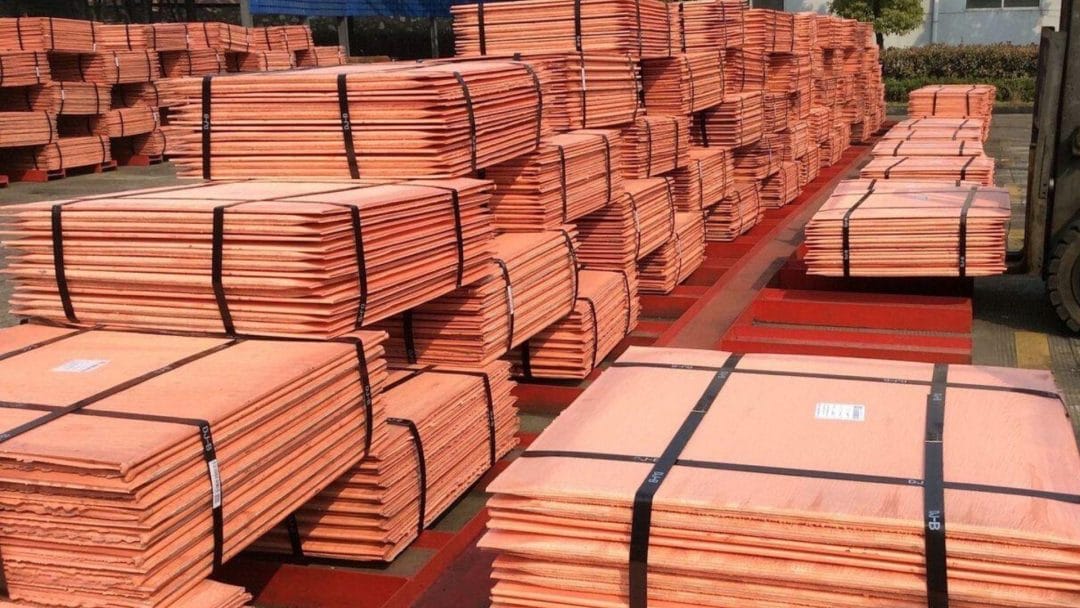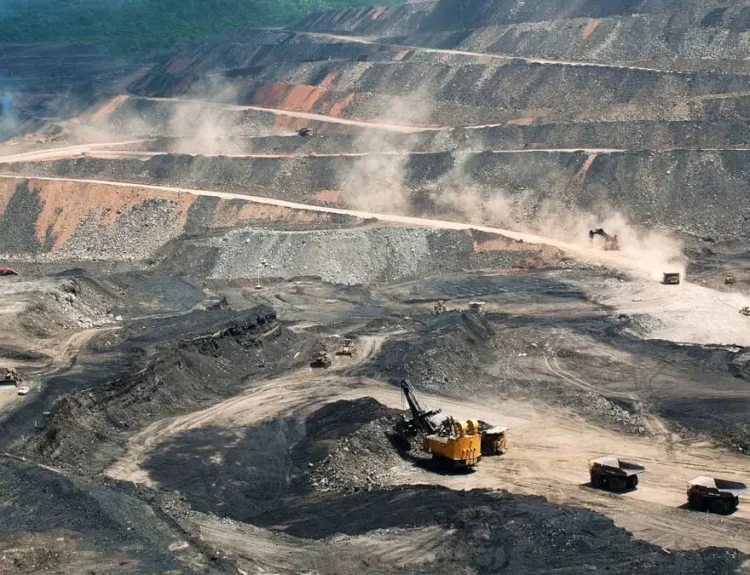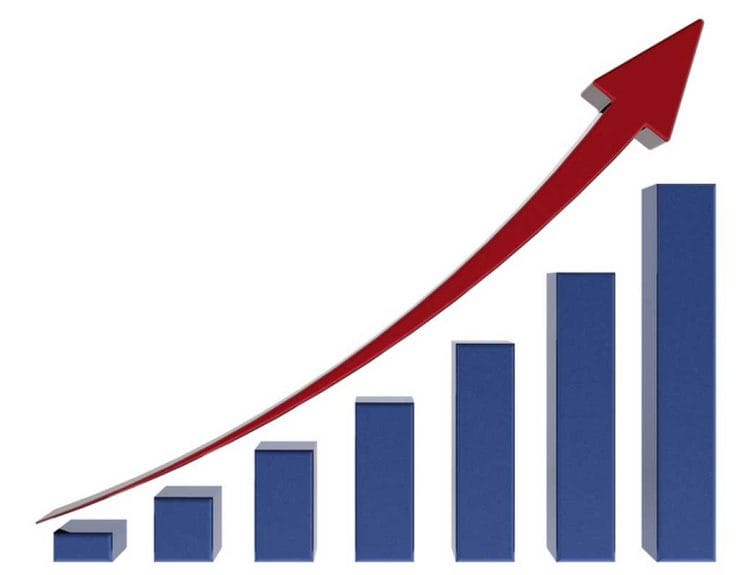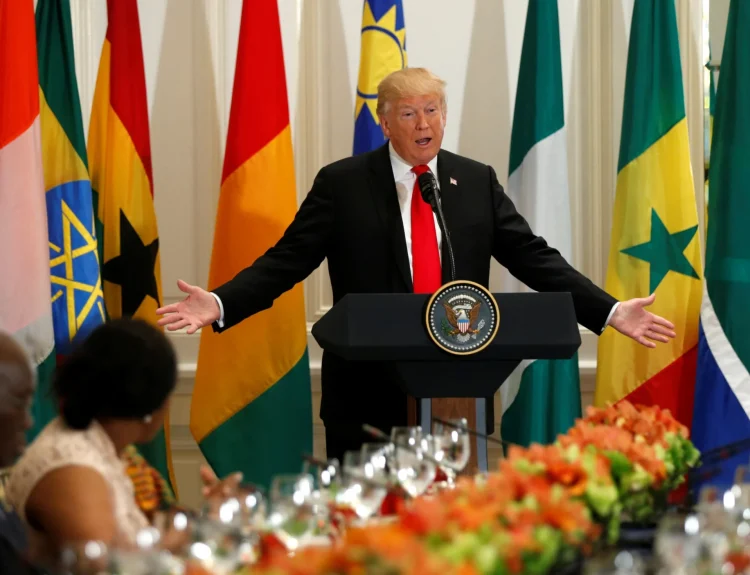Copper surrounds us. It is a metal always present and invisible in our world. The copper makes it possible to read the words on this screen. And the global spread of artificial light, electrical power and telecommunications have required increasing amounts of copper.
Where does all this copper come from? How was it produced, distributed, controlled and sold on an ever-increasing scale? These are some of the questions addressed in the book Born with a Copper Spoon: A Global History of Copper, write Duncan Money and Robrecht Declercq for The Conversation.
They are also important questions because countries that have an abundance of copper have not known how to take advantage of it. Zambia is a good example. It produces 6% of the world's copper, but remains one of the poorest countries in the world. Zambia is especially well placed to supply what the world needs. It has important reserves of copper and cobalt, critical metals for the transition from fossil fuels to renewable energies. Due to their wide use in wind and solar technology and the production of electric vehicles, these metals will play a crucial role in a low-carbon future, Twivwe Siwale and Eric Werker report for The Conversation.
The coming copper boom provides Zambia with an extraordinary opportunity, both to profit from mining and to drive inclusive growth. But, as Zambia's history shows, this is easier said than done. The successive increases in copper prices have not translated into a reduction in poverty or inequality. Zambia remains the fourth most unequal country in the world.
Copper's status as a global industry has waxed and waned. The history of metal is not a history of ever-increasing, present-day global connections. It is also a story of disconnections and efforts to decouple regions from the global economy.
Source: AllaAfrica






